Designed by Italian architect Giuseppe Piermarini, La Scala was inaugurated in August 1778 to replace the Teatro Regio Ducale, destroyed in a fire in 1776. It was constructed on the site of the former church of Santa Maria alla Scala, from which it derives its name.
The elegant façade showcases a refined neoclassical design, characterized by harmonious proportions and understated ornamentation. A prominent portico allowed spectators to enter the theatre directly from their horse-drawn carriages, adding a touch of convenience and grandeur to the experience. The tympanum features a striking bas-relief depicting Helios driving his chariot across the sky.
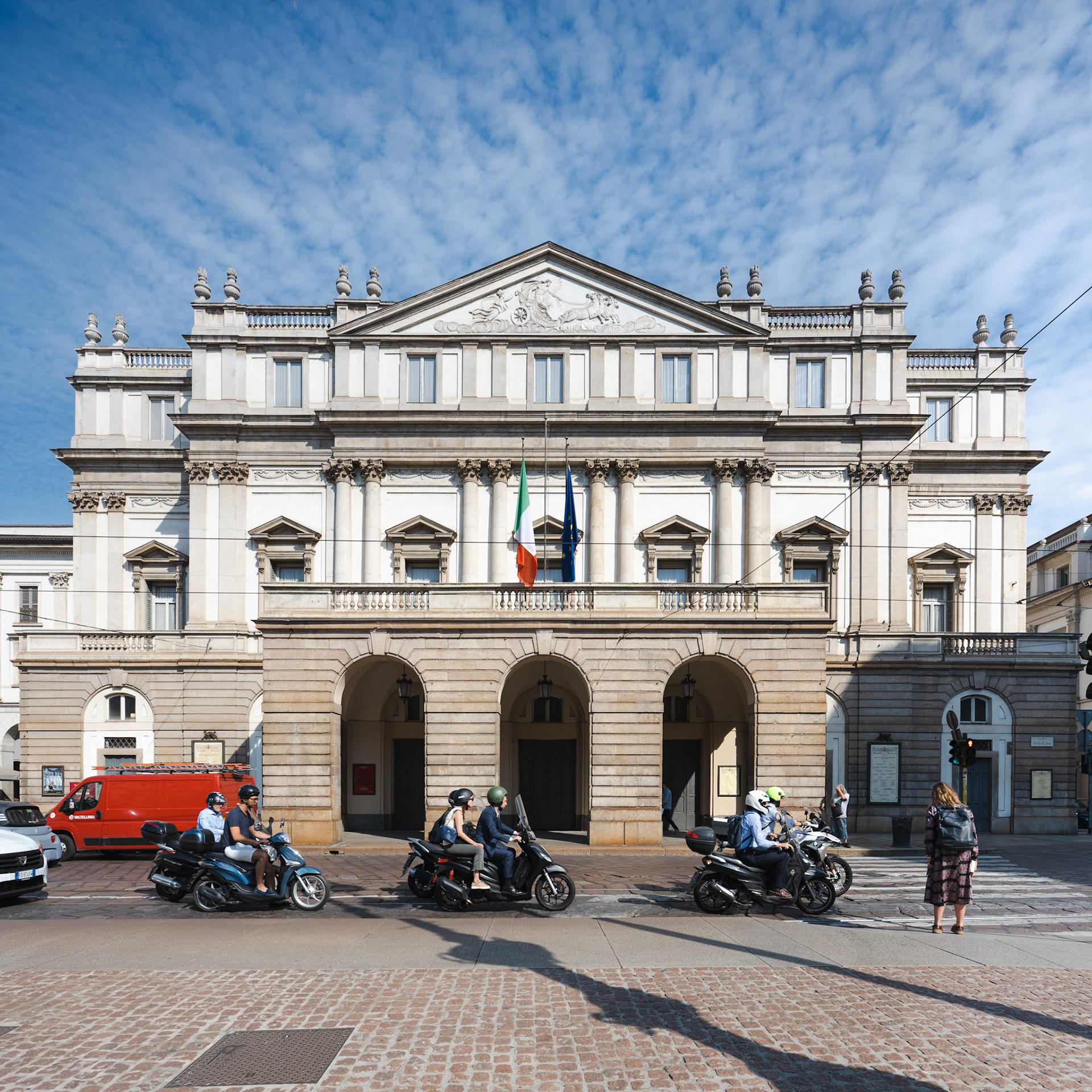
Teatro alla Scala facade
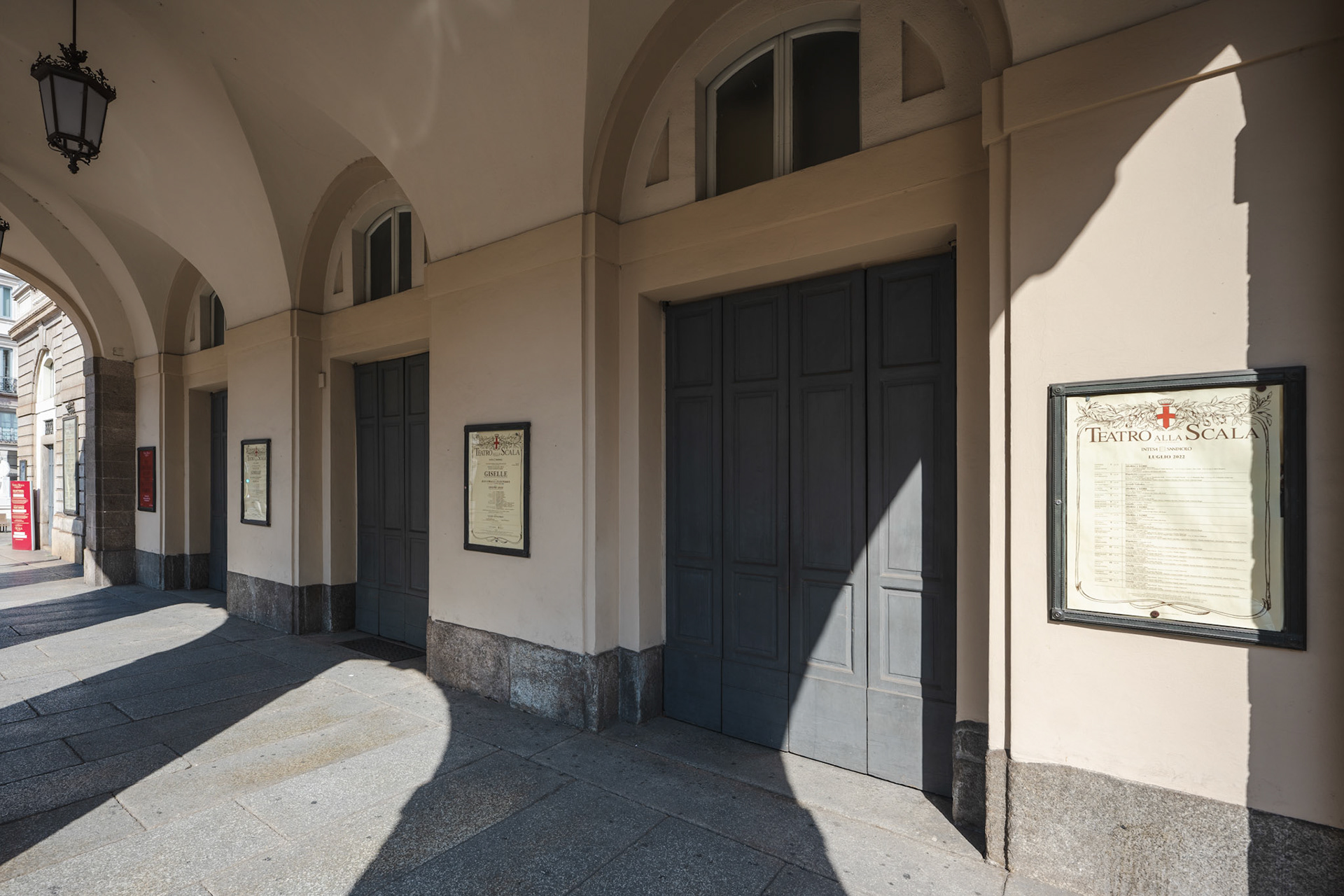
Teatro alla Scala portico and entrance doors
La Scala was restored and extended to plans by Swiss architect Mario Botta between 2002 and 2004.

Teatro alla Scala - side arcades
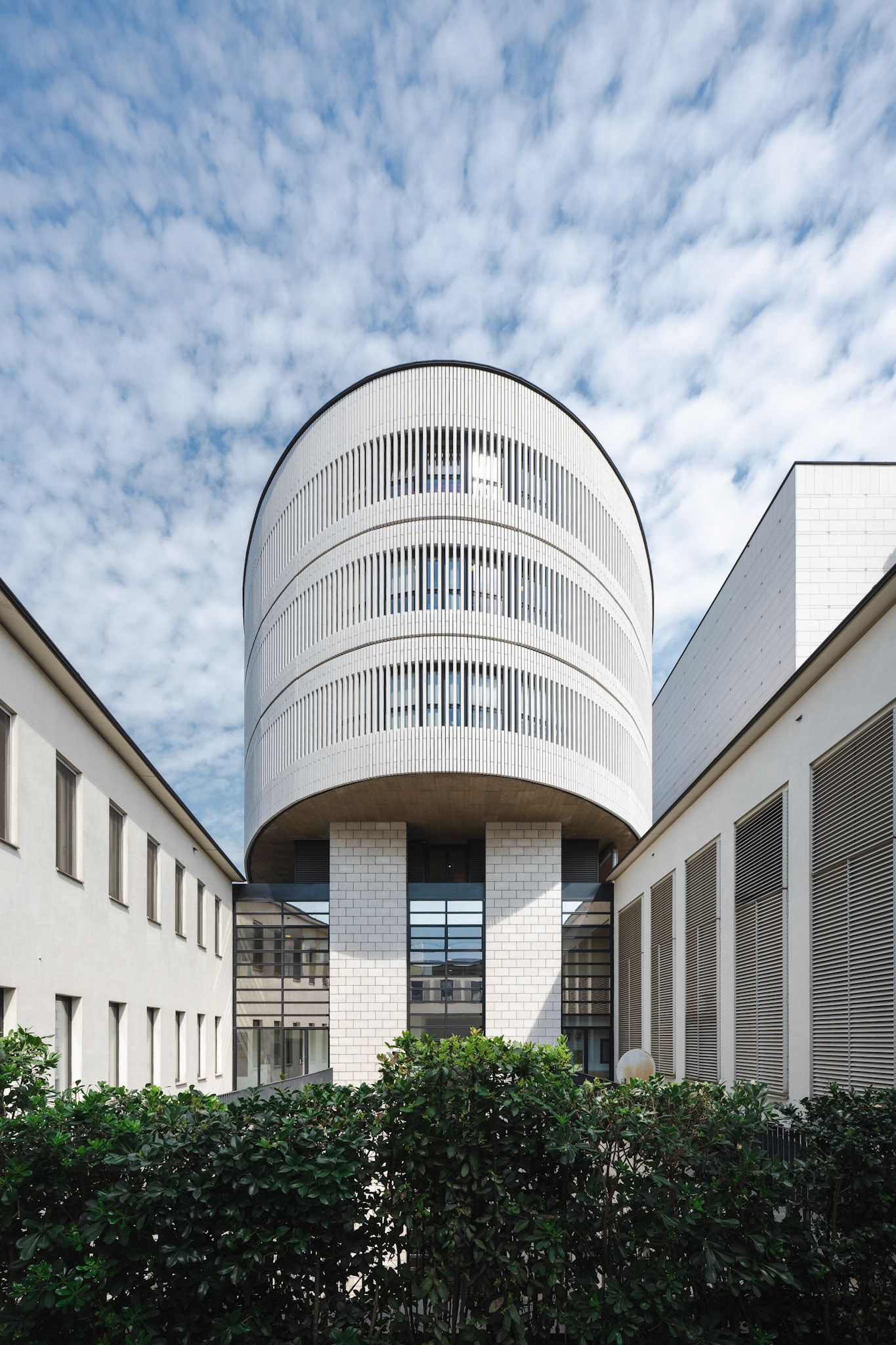
Teatro alla Scala - extension by Mario Botta
It re-opened on December 7, 2004 with Salieri's Europa riconosciuta, the opera performed at La Scala's inauguration in 1778. In 1778, Teatro alla Scala had about 3000 “seats” across the chairless main floor where spectators watched the shows standing up, the over 600 boxes and the two galleries above the boxes.
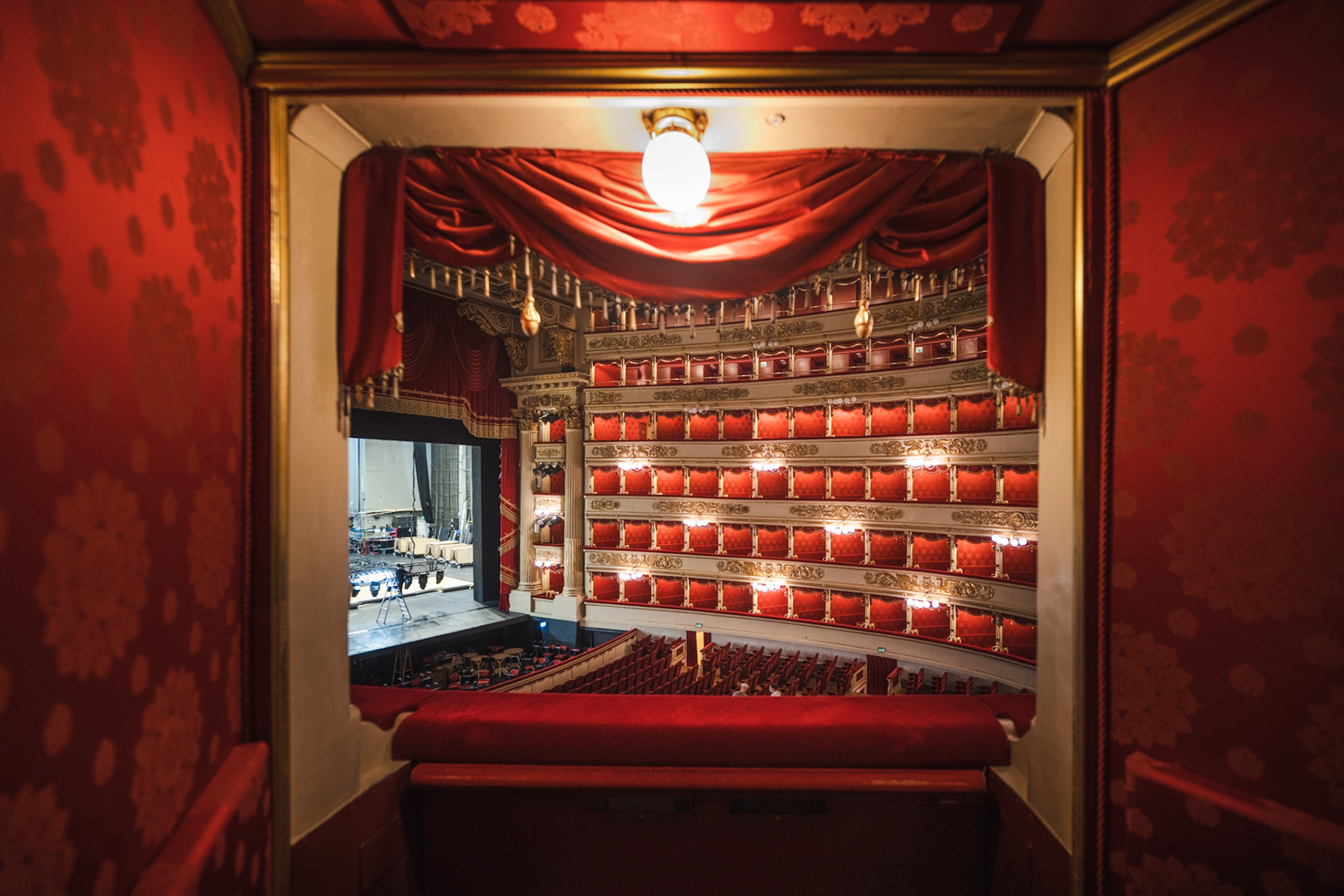
Teatro alla Scala - view from one of the box seats
After the roof collapsed during bombings in 1943, a new glass chandelier was donated by artists from Murano. It is illuminated by 383 light bulbs.

Teatro alla Scala - interior
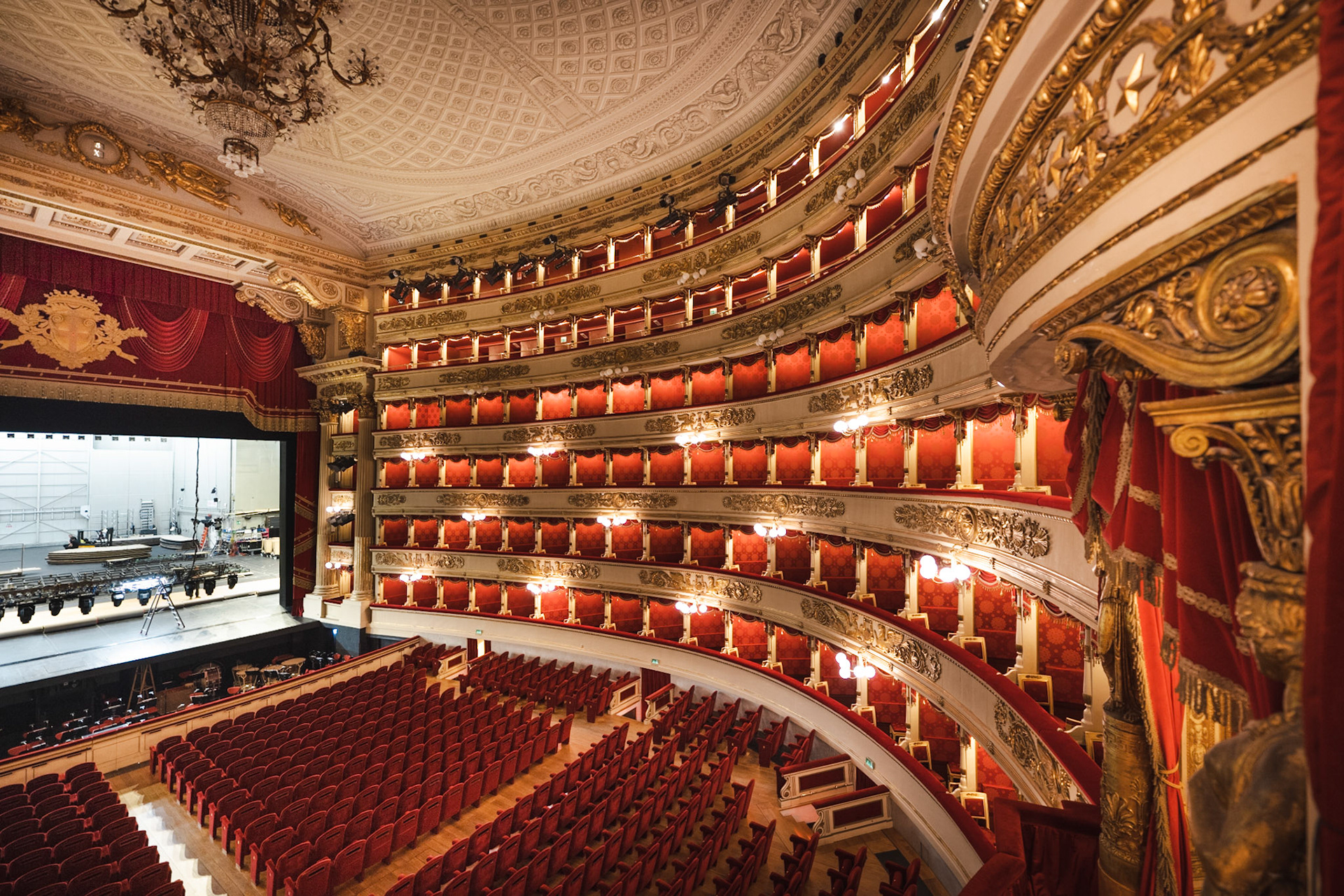
Teatro alla Scala - interior
The Museo Teatrale alla Scala opened on March 8, 1913. Displaying costumes, set designs and instruments, it covers not only the history of La Scala, but also Italian theatrical history.

Teatro alla Scala - staircase
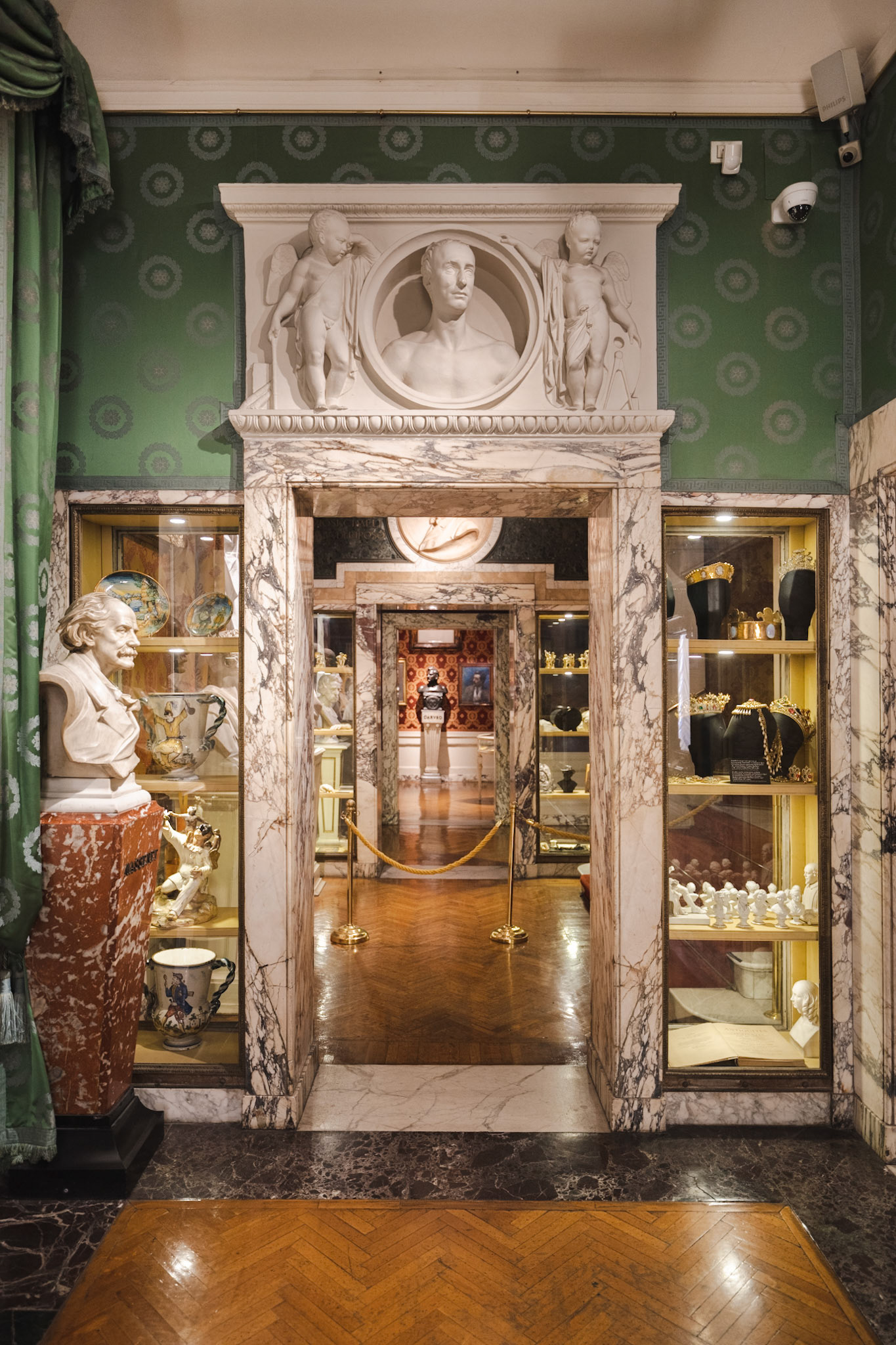
Teatro alla Scala - museum
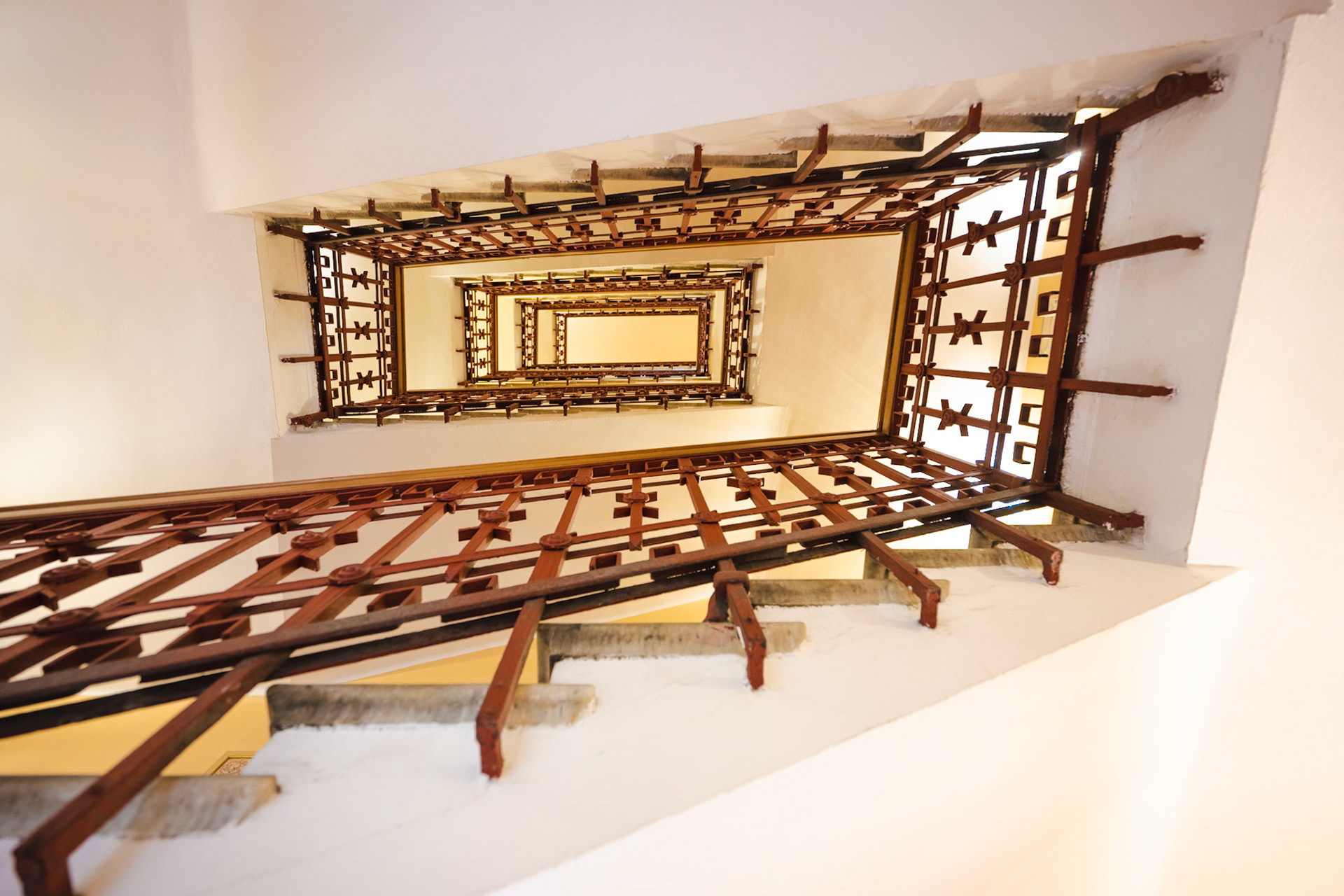
Teatro alla Scala - staircase
You may also like